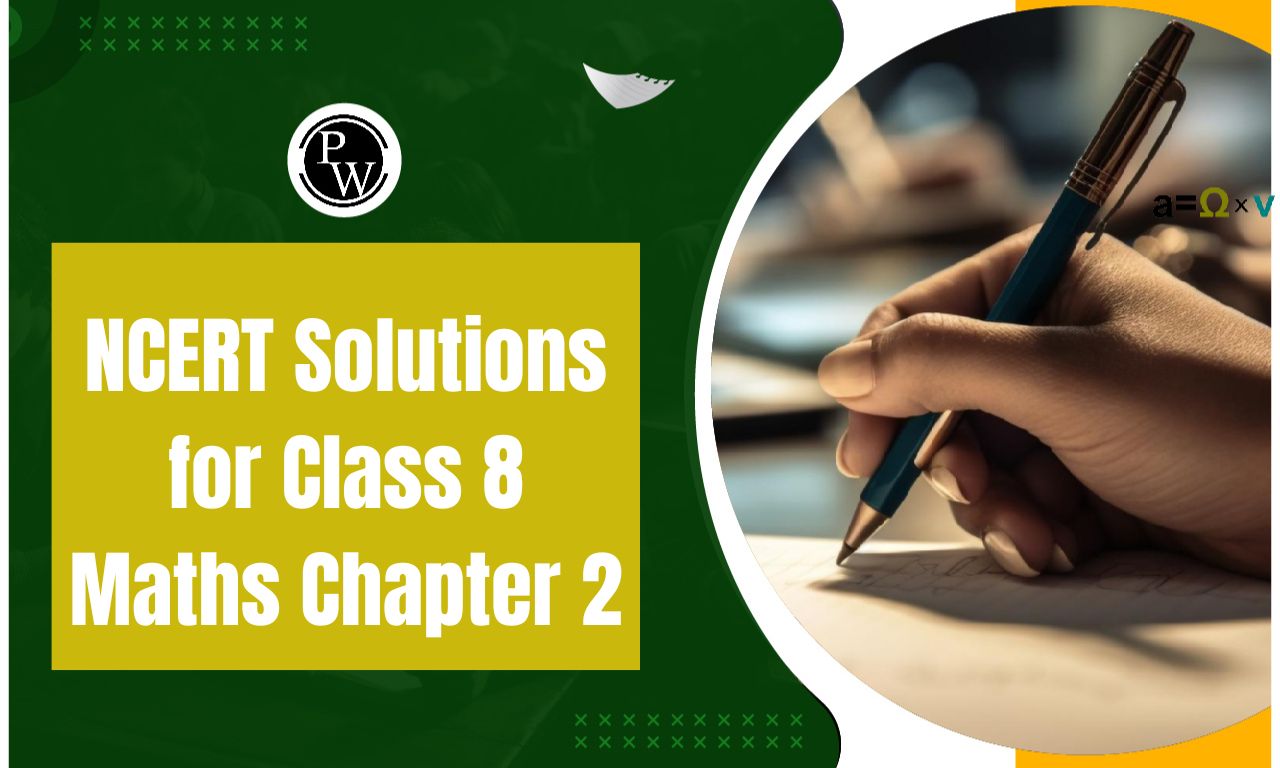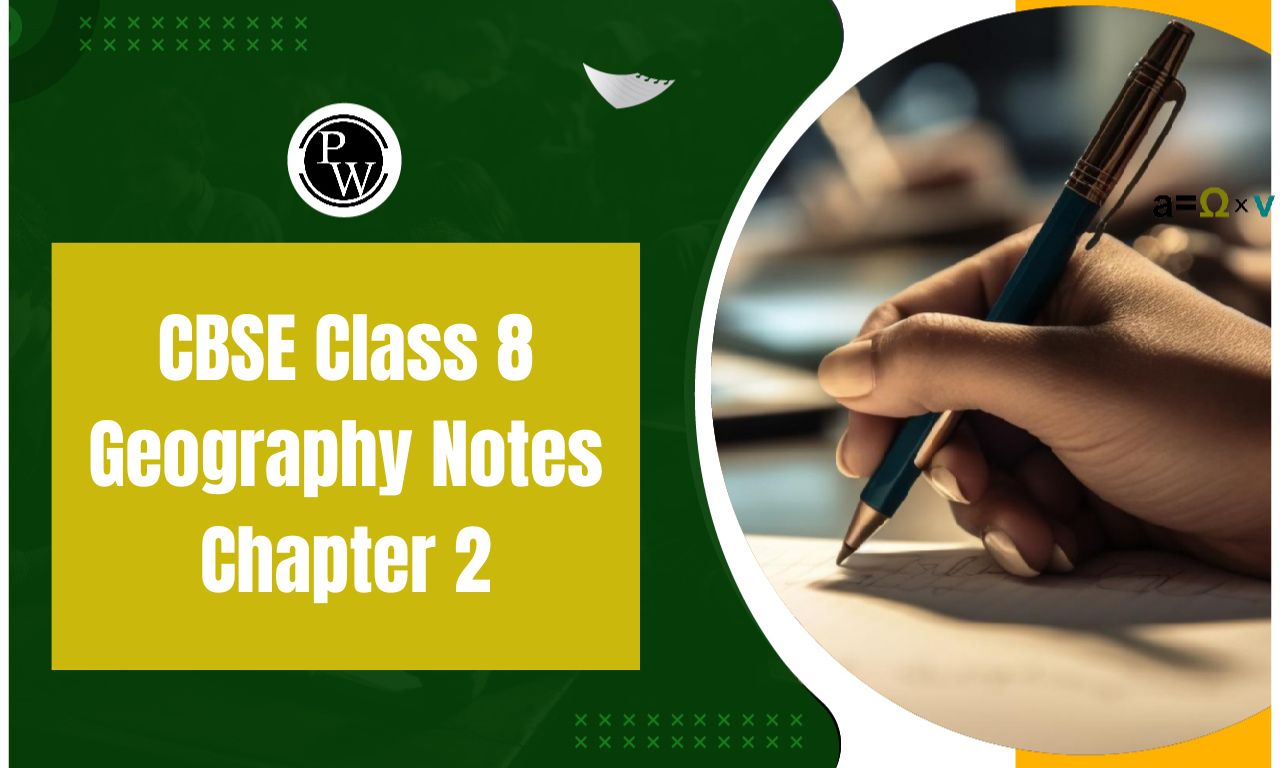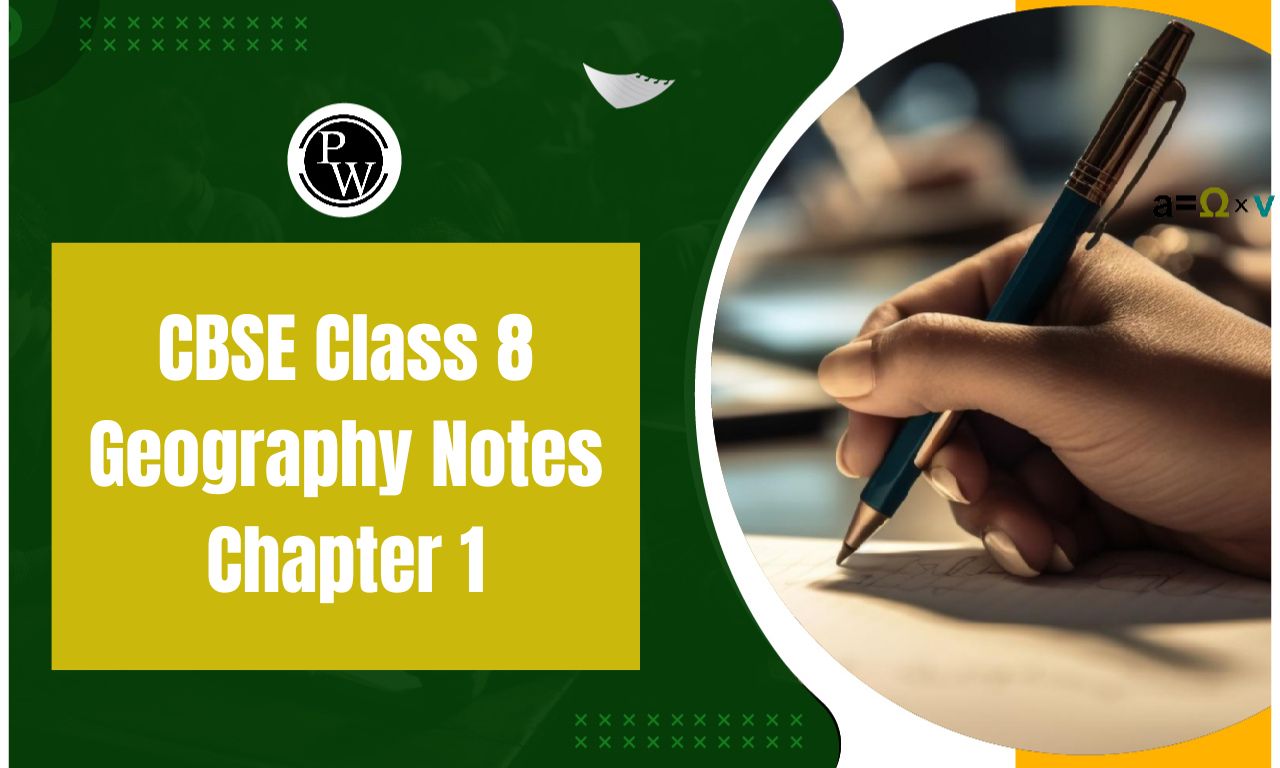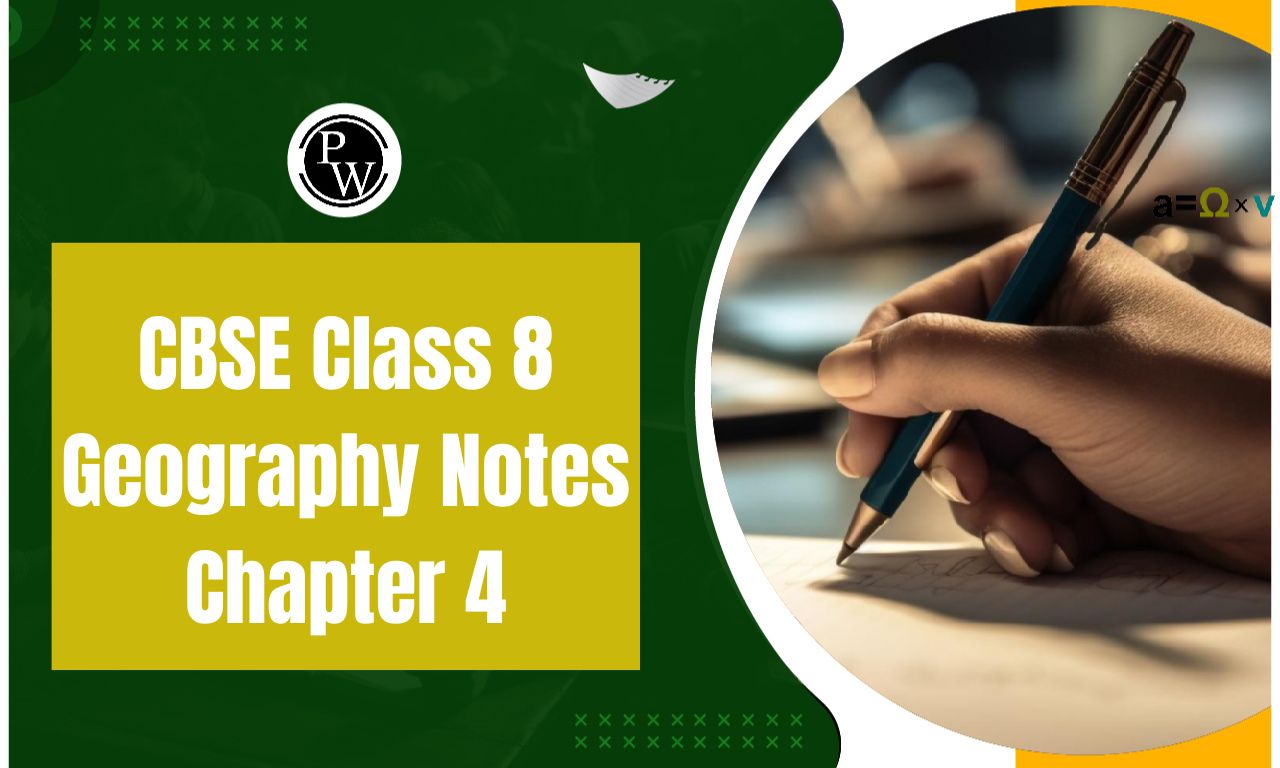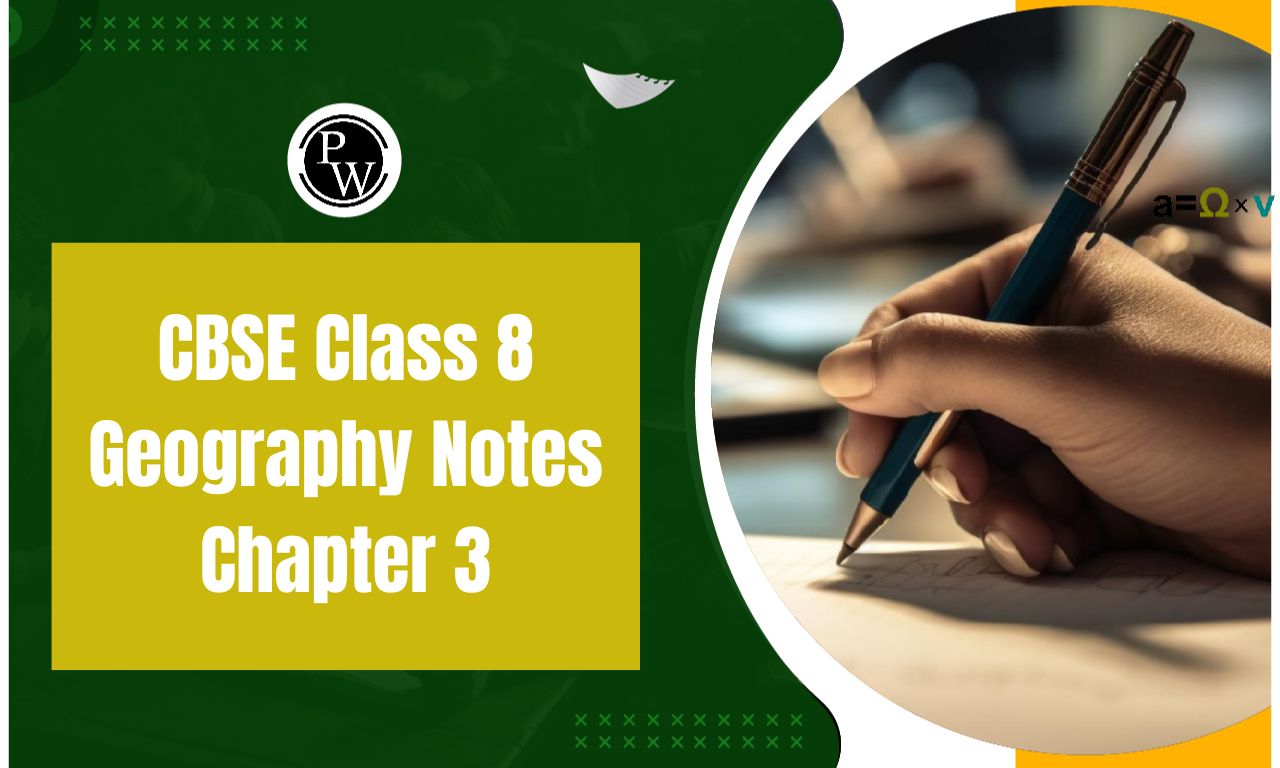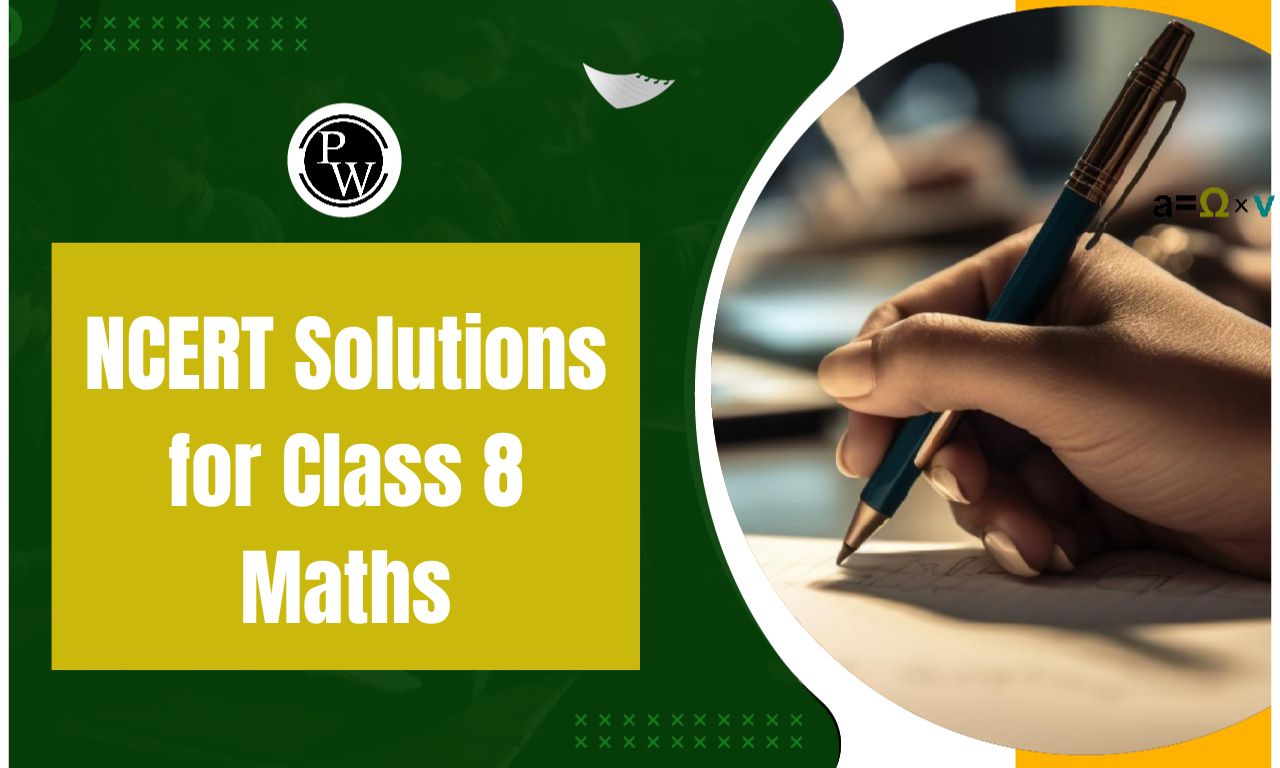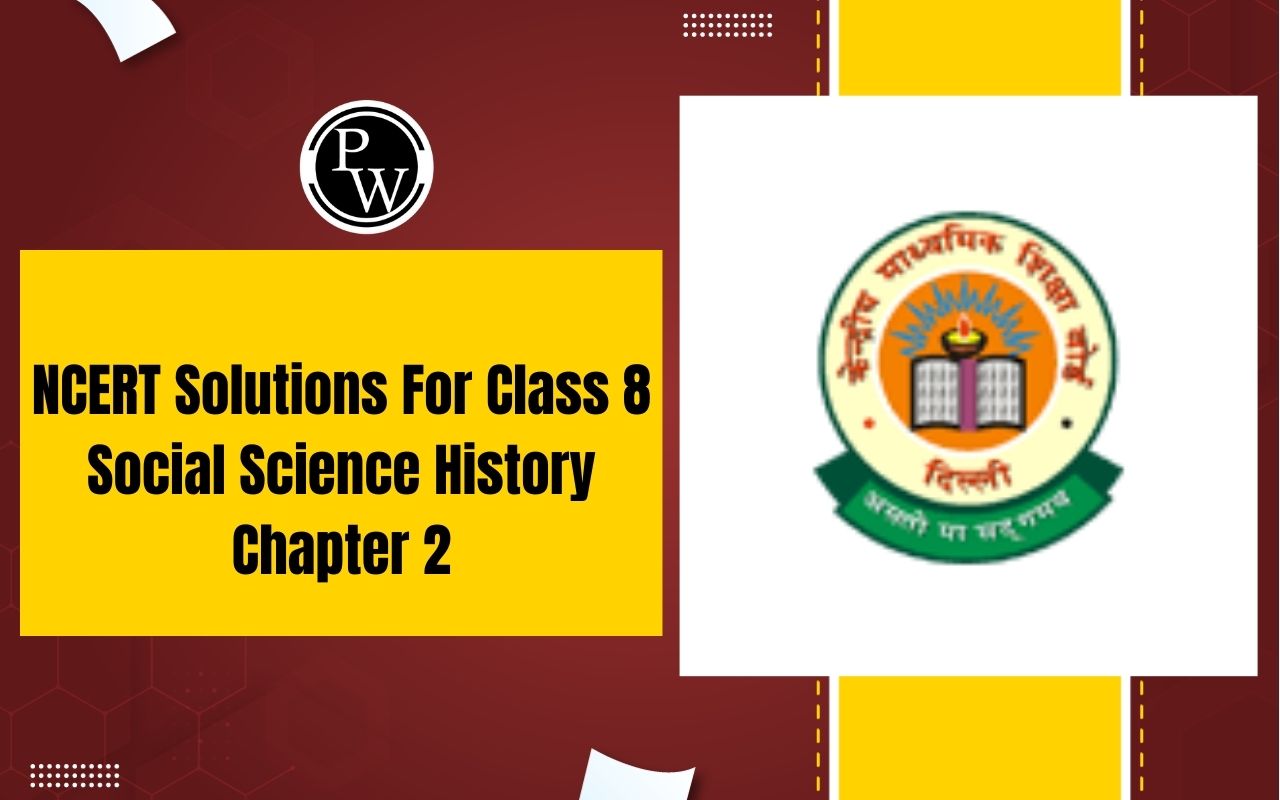

RS Aggarwal Solutions for Class 8 Maths Chapter 11 Exercise 11.1: RS Aggarwal Solutions for Class 8 Maths Chapter 11 Compound Interest Exercise 11.1 provide detailed solutions to problems related to compound interest. This exercise introduces the concept of compound interest, which is the interest on a loan or deposit calculated based on both the initial principal and the accumulated interest from previous periods.
The solutions guide students through various types of compound interest problems, including calculating the amount of interest accrued over time and determining the total amount after a certain period. By working through these solutions students can grasp how to apply the formula for compound interest in practical scenarios, enhancing their understanding of financial mathematics.RS Aggarwal Solutions for Class 8 Maths Chapter 11 Exercise 11.1 Overview
RS Aggarwal Solutions for Class 8 Maths Chapter 11 Exercise 11.1 explains the basics of compound interest. In this exercise, you learn how to calculate compound interest, which is the interest added to the principal and previously earned interest over time. The solutions include various types of problems to help you understand how to figure out compound interest for different situations, like changing interest rates and time periods. The step-by-step answers make it easier to grasp the concept and solve similar problems on your own, helping you build a strong foundation in financial calculations.RS Aggarwal Solutions for Class 8 Maths Chapter 11 Exercise 11.1 PDF
(Question 4) Ratna obtained a loan of Rs 25000 from the Syndicate Bank to renovate her house. If the rate of interest is 8% per annum, what amount will she have to pay to the blank after 2 years to discharge her debt?
Solution: Rate of interest = 8% per annum
Time = 2 years Original principle = Rs 25000 Amount at the end of the second year = Rs (27000+ 2160) = Rs 29160
Therefore, she has to pay Rs 29160 to the blank after 2 years to discharge her debt
Amount at the end of the second year = Rs (27000+ 2160) = Rs 29160
Therefore, she has to pay Rs 29160 to the blank after 2 years to discharge her debt
(Question 5) Harpreet borrowed Rs 20000 from her friend at 12% per annum simple interest. She lent it to Alam at the same rate but compounded annually. Find her gain after 2 years.
 Amount at the end of the second year = Rs (22400 + 2688) = Rs 25088
∴ Compound interest = Rs (25088 – 20000) = Rs 5088
Amount at the end of the second year = Rs (22400 + 2688) = Rs 25088
∴ Compound interest = Rs (25088 – 20000) = Rs 5088
(Question 6) Manoj deposited a sum of Rs 64000 in a post office for 3 years, compounded annually at 7(1/2)% per annum. What amount will he get on maturity?
 Amount at the end of the second year = Rs (68800 + 5160) = Rs 73960
Principle for the third year = Rs 73960
Amount at the end of the second year = Rs (68800 + 5160) = Rs 73960
Principle for the third year = Rs 73960
 Amount at the end of the third year = Rs (73960 + 5547) = Rs 79507
Therefore, Manoj will get Rs 79507 on maturity.
Amount at the end of the third year = Rs (73960 + 5547) = Rs 79507
Therefore, Manoj will get Rs 79507 on maturity.
(Question 7) Divakaran deposited a sum of Rs 6250 in the Allaha bad bank for 1 year, compounded half-yearly at 8% per annum. Find the compound interest he gets.
Solution: Rate of interest = 8% per annum = 4% for half year
Time = 1 year = 2 half year Original principle = Rs 6250. Principle for the first half year = Rs 6250 Amount at the end of the second half year = Rs (6500 + 260) = Rs 6760
∴ Compound interest = Rs (6760 – 6250) = Rs 510
Hence, Divankaran gets the compound interest of Rs 510.
Amount at the end of the second half year = Rs (6500 + 260) = Rs 6760
∴ Compound interest = Rs (6760 – 6250) = Rs 510
Hence, Divankaran gets the compound interest of Rs 510.
(Question 8) Michael borrowed Rs 16000 from a finance company at 10% per annum, compounded half-yearly. What amount of money will discharge his debt after 1(1/2) years?
Solution: Rate of interest = 10% per annum = 5% for half year
Time = 1 (1/2) years = 3 half years Original principle = Rs 16000 Amount at the end of the third half year = Rs (17640 + 882)= Rs 18522
Therefore, The amount of money Michael has debt after 1(1/2) years is Rs 18522.
Amount at the end of the third half year = Rs (17640 + 882)= Rs 18522
Therefore, The amount of money Michael has debt after 1(1/2) years is Rs 18522.
Benefits of RS Aggarwal Solutions for Class 8 Maths Chapter 11 Exercise 11.1
- Detailed Explanations : The solutions provide clear, step-by-step explanations, helping students understand the process of calculating compound interest.
- Improved Understanding : By working through these solutions students can gain a better grasp of the concept of compound interest and how it differs from simple interest.
- Enhanced Problem-Solving Skills : The exercise covers a variety of problems, which helps in developing strong problem-solving skills and applying mathematical concepts to real-life scenarios.
- Clarifies Doubts : These solutions address common areas where students may have difficulties, allowing them to clear doubts and build confidence.
- Time Efficiency : By providing correct solutions it saves time that students might otherwise spend struggling with complex problems or looking for guidance.
RS Aggarwal Solutions for Class 8 Maths Chapter 11 Exercise 11.1 FAQs
What is compound interest?
How is compound interest different from simple interest?
What does "compounded annually" mean?
Can compound interest be calculated for different compounding periods?


 Amount at the end of the third year = Rs (19600 + 2352) = Rs 21952
∴ Compound interest = Rs (21952 – 15625) = Rs 6327.
Amount at the end of the third year = Rs (19600 + 2352) = Rs 21952
∴ Compound interest = Rs (21952 – 15625) = Rs 6327.
 Amount at the end of the second year = Rs (5450 + 490.5) = Rs 5940.5
∴ Compound interest = Rs (5940.5 – 5000) = Rs 940.5.
Amount at the end of the second year = Rs (5450 + 490.5) = Rs 5940.5
∴ Compound interest = Rs (5940.5 – 5000) = Rs 940.5.
